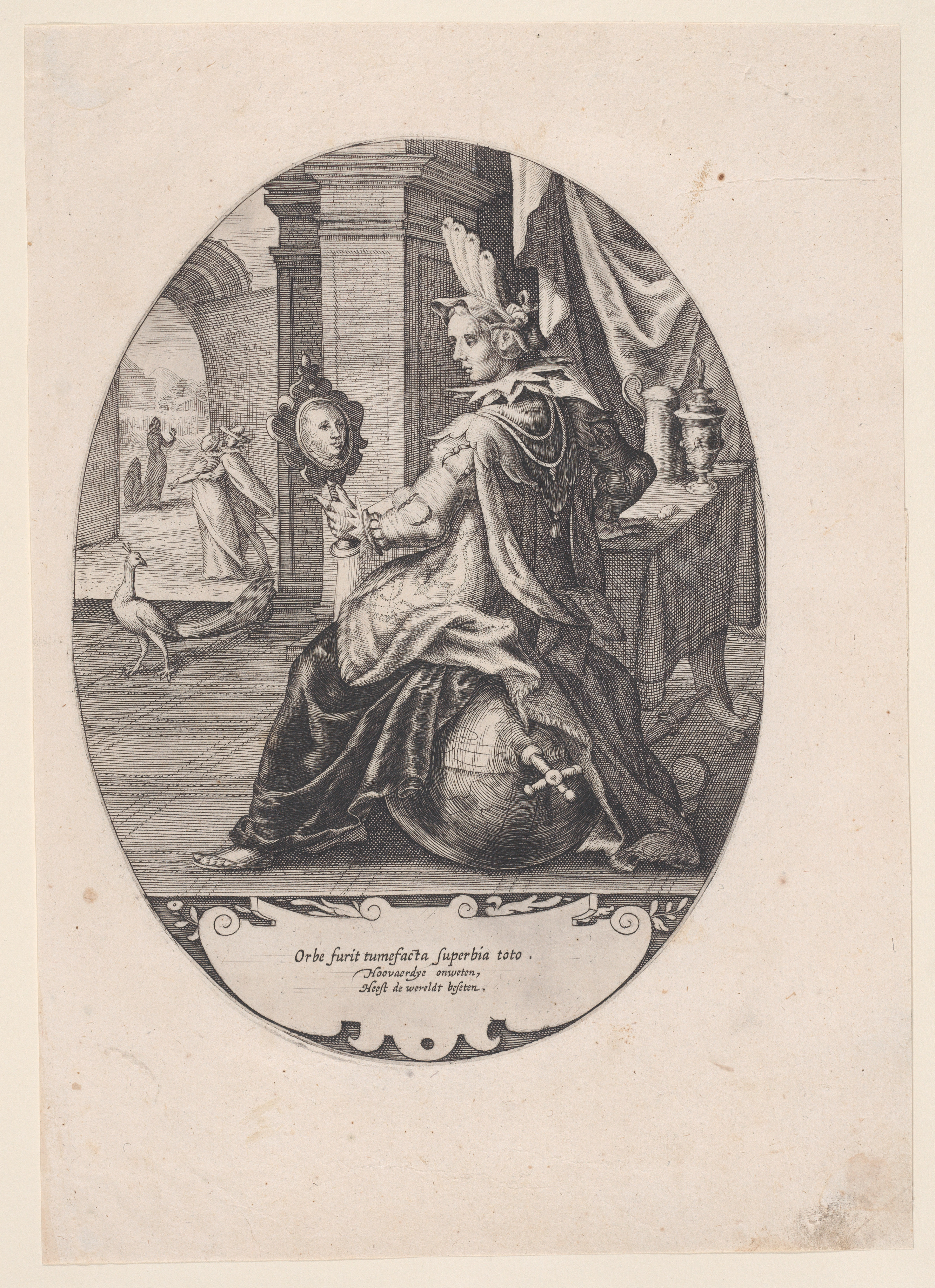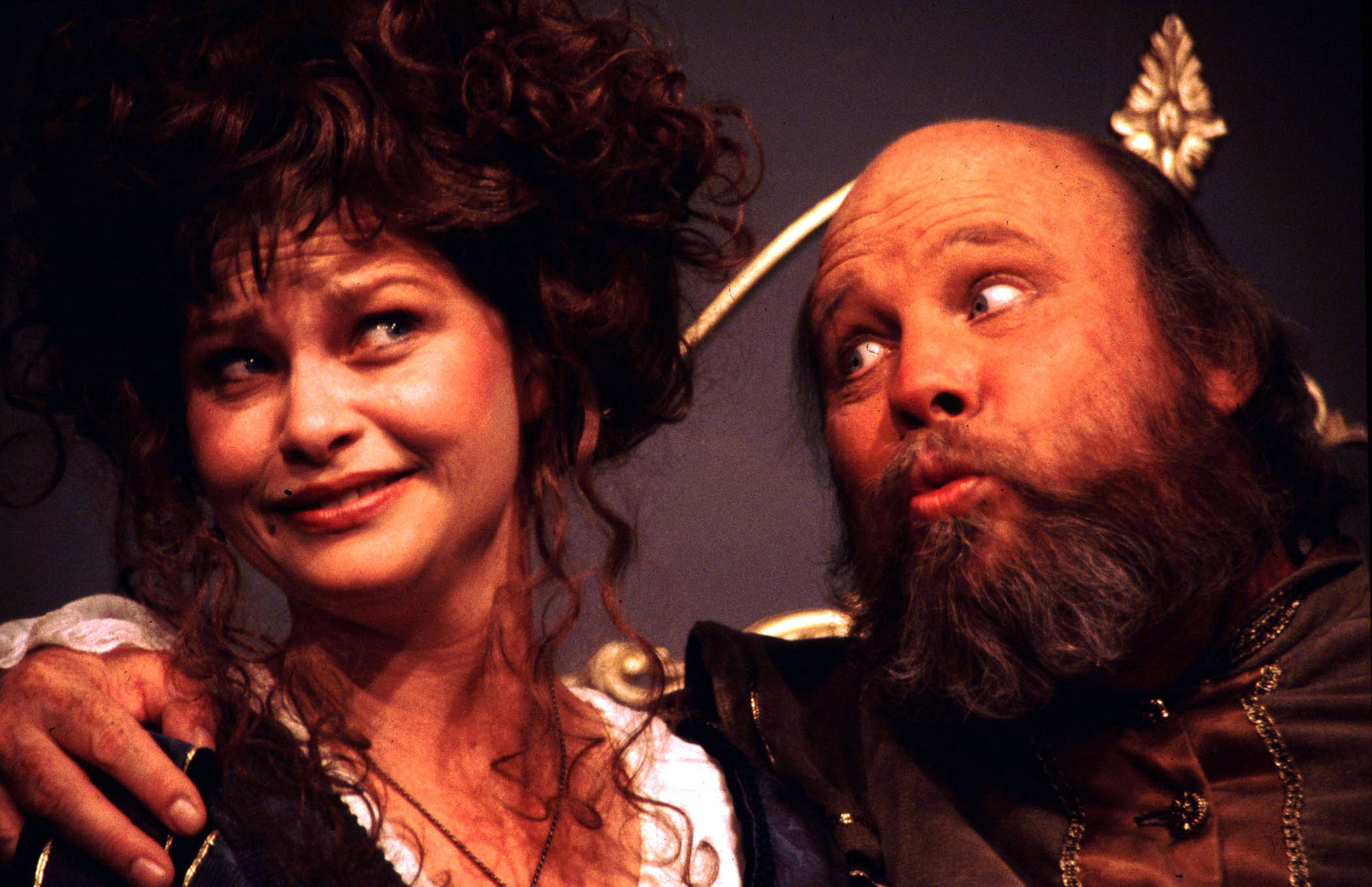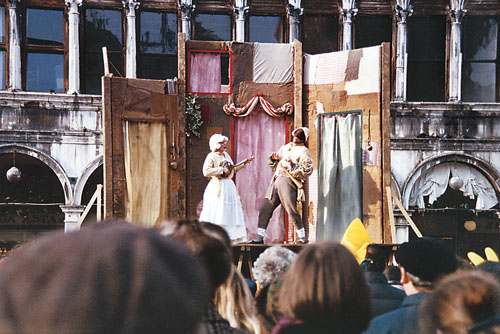|
Bragging
Boasting or bragging is speaking with excessive pride and self-satisfaction about one's achievements, possessions, or abilities. Boasting occurs when someone feels a sense of satisfaction or when someone feels that whatever occurred proves their superiority and is recounting accomplishments so that others will feel admiration or envy. Individuals construct an image of themselves, a personal identity, and present themselves in a manner that is consistent with that image. Theodore Millon theorized that in self-presentation, individuals seek to balance boasting against discrediting themselves with excessive self-promotion or being caught blatantly misrepresenting themselves. Studies show that people often have a limited ability to perceive how their efforts at self-presentation are actually impacting their acceptance and likeability by others. Forms of bragging Although a brag can be as straightforward as a simple claim to riches or greatness, it often assumes a variety of more ... [...More Info...] [...Related Items...] OR: [Wikipedia] [Google] [Baidu] |
Rodomontade
''Rodomontade'' () is a mass noun meaning boastful talk or behavior. The term is a reference to Rodomonte, a character in the Italian Renaissance epic poem ''Orlando innamorato'' and its sequel ''Orlando furioso''. Henry Fielding in ''History of Tom Jones'' writes, “In fact, the good squire was a little too apt to indulge that kind of pleasantry which is generally called rhodomontade. . .” Examples of use *A 17th-century example of the term exists in ''Don Tomazo'' by Thomas Dangerfield, albeit with a slight alteration of spelling. As the titular protagonist heads towards Cairo with a number of stolen treasures, he is informed by an acquaintance that: ::''. . . he could, in that heathenish city, command a thousand pound – which was at that time no rodomontado, in regard the jewels were worth above four times the value.'' *The German composer Georg Philipp Telemann composed a Suite in b minor (in German, h moll) for violin solo, strings and continuo (TWV 55: h4), which e ... [...More Info...] [...Related Items...] OR: [Wikipedia] [Google] [Baidu] |
Pride
Pride is defined by Merriam-Webster as "reasonable self-esteem" or "confidence and satisfaction in oneself". A healthy amount of pride is good, however, pride sometimes is used interchangeably with "conceit" or "arrogance" (among other words) which are negative. Oxford defines it as "the quality of having an excessively high opinion of oneself or one's own importance." This may be related to one's own abilities or achievements, positive characteristics of friends or family, or one's country. Richard Taylor defined pride as "the justified love of oneself", as opposed to false pride or narcissism. Similarly, St. Augustine defined it as "the love of one's own excellence", and Meher Baba called it "the specific feeling through which egoism manifests." Philosophers and social psychologists have noted that pride is a complex secondary emotion which requires the development of a sense of self and the mastery of relevant conceptual distinctions (e.g. that pride is distinct from happi ... [...More Info...] [...Related Items...] OR: [Wikipedia] [Google] [Baidu] |
Matteo Maria Boiardo
Matteo Maria Boiardo (, ; 144019/20 December 1494) was an Italian Renaissance poet, best known for his epic poem ''Orlando innamorato''. Early life Boiardo was born in 1440, Letteratura.it at or near, (today's province of ); the son of Giovanni di Feltrino and Lucia Strozzi, he was of noble lineage, ranking as Count of Scandiano, with seignorial power over Arceto, |
Lambik
Lambik is a Flemish comic book character from the Belgian comic strip series ''Spike and Suzy'' by Willy Vandersteen. In the English translations he is known as ''Orville'' or ''Ambrose''. Lambik is the breakout character of the franchise and one of the most popular and recognizable comic book characters in Belgium and the Netherlands.Van Hooydonck, Peter, "50 Jaar Suske en Wiske", Standaard Uitgeverij, 1995. Lambik is a middle-aged, fairly fat man who is bald, except for three small hairs behind each of his ears. He often wears a white shirt, a black bow tie and black pants. He is an anti hero. He is a dumb, clumsy, vain, arrogant, absent-minded, aggressive, stubborn and dominant character, but has a heart of gold and provides comic relief in the series. Lambik's popularity is so huge that he was also a main character in one of Vandersteen's other series, "De Vrolijke Bengels" (1950-1953), and a spin-off series of "Suske en Wiske" called "De Grappen van Lambik" ("The Jokes of L ... [...More Info...] [...Related Items...] OR: [Wikipedia] [Google] [Baidu] |
Daffy Duck
Daffy Duck is an animated cartoon fictional character, character created for Warner Bros. Cartoons, Leon Schlesinger Productions by animators Tex Avery and Bob Clampett. Styled as an Anthropomorphism, anthropomorphic American black duck, black duck, he has appeared in cartoon series such as ''Looney Tunes'' and ''Merrie Melodies'', in which he is usually depicted as a foil for either Bugs Bunny or Porky Pig. He was one of the first of the new "wikt:screwball, screwball" characters that emerged in the late 1930s to replace traditional everyman characters who were more popular earlier in the decade, such as Mickey Mouse, Porky Pig, and Popeye. Daffy starred in 130 shorts in the Golden age of American animation, golden age, making him the third-most frequent character in the ''Looney Tunes''/''Merrie Melodies'' cartoons, behind Bugs Bunny's 167 appearances and Porky Pig's 153 appearances. Virtually every Warner Bros. cartoon director, most notably Bob Clampett, Robert McKimson, and ... [...More Info...] [...Related Items...] OR: [Wikipedia] [Google] [Baidu] |
The Brothers Grimm
The Brothers Grimm ( or ), Jacob (1785–1863) and Wilhelm (1786–1859), were a brother duo of German academics, philologists, cultural researchers, lexicographers, and authors who together collected and published folklore. They are among the best-known storytellers of folk tales, popularizing stories such as "Cinderella" ("), "The Frog Prince" (""), "Hansel and Gretel" ("), "Little Red Riding Hood" (""), "Rapunzel", "Rumpelstiltskin" (""), "Sleeping Beauty" (""), and "Snow White" (""). Their first collection of folk tales, ''Children's and Household Tales'' (), began publication in 1812. The Brothers Grimm spent their formative years in the town of Hanau in the Landgraviate of Hesse-Kassel. Their father's death in 1796 (when Jacob was eleven and Wilhelm was ten) caused great poverty for the family and affected the brothers many years after. Both brothers attended the University of Marburg, where they developed a curiosity about German folklore, which grew into a lifelong dedi ... [...More Info...] [...Related Items...] OR: [Wikipedia] [Google] [Baidu] |
The Twelve Idle Servants
The Twelve Idle Servants (''Die zwölf faulen Knechte'') is a fairy tale by The Brothers Grimm, published in Kinder- und Hausmärchen as KHM151a. Plot The plot concerns twelve lazy servants who don't feel like working and instead boast about how lazy they are. Each one tells his story. The first one says he only takes care of himself and just eats, drinks and gets up late. The second goes so far that he ignores the fact that he has to take care of his master's horse, by simply claiming the animal has already eaten. The third servant once went to sleep in the sun and kept dreaming despite the fact that heavy rain suddenly came down and made a hole in his skull. The fourth servant claims he never starts quickly and always asks others to help him out. The fifth one only works one cart load a day. The sixth servant boasts that he never changes clothes for three weeks and has no buckles on his shoes. He counts the stairs so that he knows when to take a rest. The seventh servant claim ... [...More Info...] [...Related Items...] OR: [Wikipedia] [Google] [Baidu] |
Rudolf Raspe
Rudolf Erich Raspe (March 1736 – 16 November 1794) was a German librarian, writer, and scientist, called by his biographer John Patrick Carswell a "rogue". He is best known for his collection of tall tales '' The Surprising Adventures of Baron Munchausen'', also known as '' Baron Munchausen's Narrative of his Marvellous Travels and Campaigns in Russia'', originally a satirical work with political aims. Life and work Raspe was born in Hanover, and baptised on 28 March 1736. He studied law and jurisprudence at Göttingen and Leipzig and worked as a librarian for the university of Göttingen. In 1762, he became a clerk in the university library at Hanover, and in 1764 secretary to the university library at Göttingen. He had become known as a versatile scholar and a student of natural history and antiquities, and he published some original poems and also translations of Ossian's poems. In 1765 he published the first collection of Leibniz's philosophical works. He also wrote a t ... [...More Info...] [...Related Items...] OR: [Wikipedia] [Google] [Baidu] |
Baron Munchausen
Baron Munchausen (; ) is a fictional German nobleman created by the German writer Rudolf Erich Raspe in his 1785 book '' Baron Munchausen's Narrative of his Marvellous Travels and Campaigns in Russia''. The character is loosely based on a real baron, Hieronymus Karl Friedrich, Freiherr von Münchhausen. Born in Bodenwerder, Electorate of Hanover, the real-life Münchhausen fought for the Russian Empire in the Russo-Turkish War of 1735–1739. Upon retiring in 1760, he became a minor celebrity within German aristocratic circles for telling outrageous tall tales based on his military career. After hearing some of Münchhausen's stories, Raspe adapted them anonymously into literary form, first in German as ephemeral magazine pieces and then in English as the 1785 book, which was first published in Oxford by a bookseller named Smith. The book was soon translated into other European languages, including a German version expanded by the poet Gottfried August Bürger. The real-life ... [...More Info...] [...Related Items...] OR: [Wikipedia] [Google] [Baidu] |
William Shakespeare
William Shakespeare ( 26 April 1564 – 23 April 1616) was an English playwright, poet and actor. He is widely regarded as the greatest writer in the English language and the world's pre-eminent dramatist. He is often called England's national poet and the " Bard of Avon" (or simply "the Bard"). His extant works, including collaborations, consist of some 39 plays, 154 sonnets, three long narrative poems, and a few other verses, some of uncertain authorship. His plays have been translated into every major living language and are performed more often than those of any other playwright. He remains arguably the most influential writer in the English language, and his works continue to be studied and reinterpreted. Shakespeare was born and raised in Stratford-upon-Avon, Warwickshire. At the age of 18, he married Anne Hathaway, with whom he had three children: Susanna, and twins Hamnet and Judith. Sometime between 1585 and 1592, he began a successful career in London as an ... [...More Info...] [...Related Items...] OR: [Wikipedia] [Google] [Baidu] |
Falstaff
Sir John Falstaff is a fictional character who appears in three plays by William Shakespeare and is eulogised in a fourth. His significance as a fully developed character is primarily formed in the plays '' Henry IV, Part 1'' and '' Part 2'', where he is a companion to Prince Hal, the future King Henry V of England. Falstaff is also featured as the buffoonish suitor of two married women in '' The Merry Wives of Windsor''. Though primarily a comic figure, Falstaff embodies a depth common to Shakespeare's major characters. A fat, vain, and boastful knight, he spends most of his time drinking at the Boar's Head Inn with petty criminals, living on stolen or borrowed money. Falstaff leads the apparently wayward Prince Hal into trouble, and is ultimately repudiated after Hal becomes king. Falstaff has since appeared in other media, including operas by Giuseppe Verdi, Ralph Vaughan Williams, and Otto Nicolai, and in Orson Welles' 1966 film ''Chimes at Midnight''. The operas focus ... [...More Info...] [...Related Items...] OR: [Wikipedia] [Google] [Baidu] |
Commedia Dell'arte
(; ; ) was an early form of professional theatre, originating from Italian theatre, that was popular throughout Europe between the 16th and 18th centuries. It was formerly called Italian comedy in English and is also known as , , and . Characterized by masked "types", was responsible for the rise of actresses such as Isabella Andreini and improvised performances based on sketches or scenarios. A , such as ''The Tooth Puller'', is both scripted and improvised. Characters' entrances and exits are scripted. A special characteristic of is the , a joke or "something foolish or witty", usually well known to the performers and to some extent a scripted routine. Another characteristic of is pantomime, which is mostly used by the character Arlecchino, now better known as Harlequin. The characters of the usually represent fixed social types and stock characters, such as foolish old men, devious servants, or military officers full of false bravado. The characters are exaggerated " ... [...More Info...] [...Related Items...] OR: [Wikipedia] [Google] [Baidu] |


.jpg)






